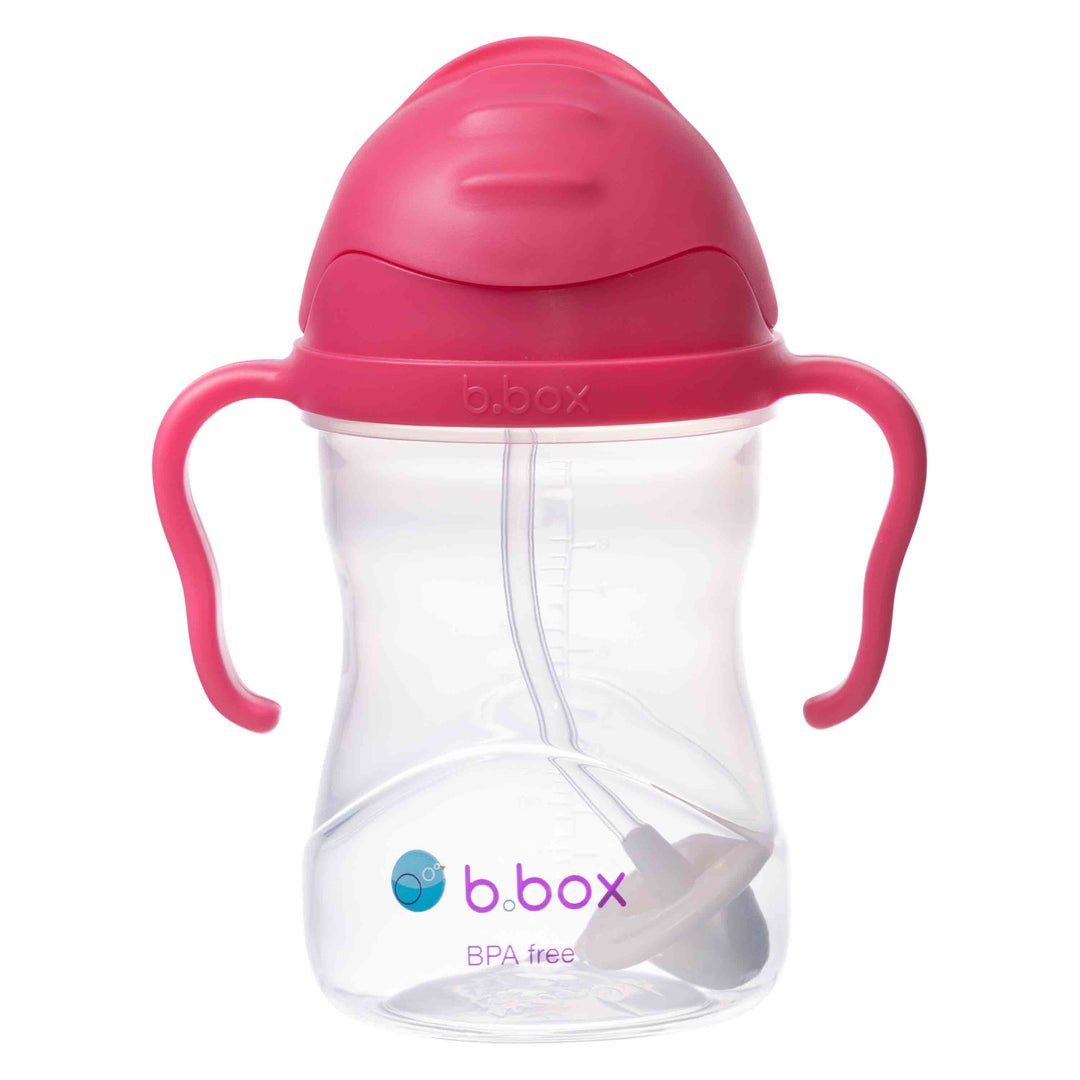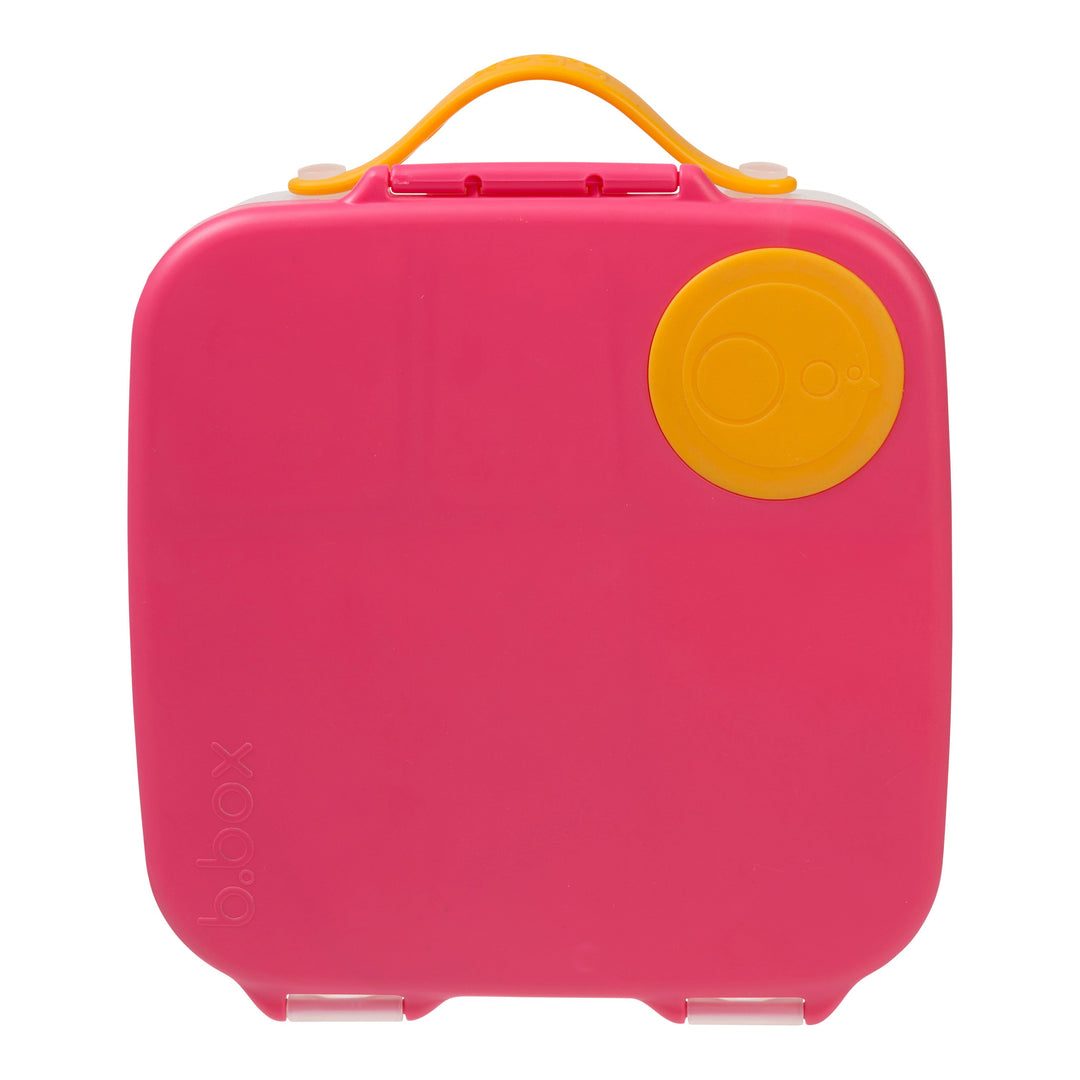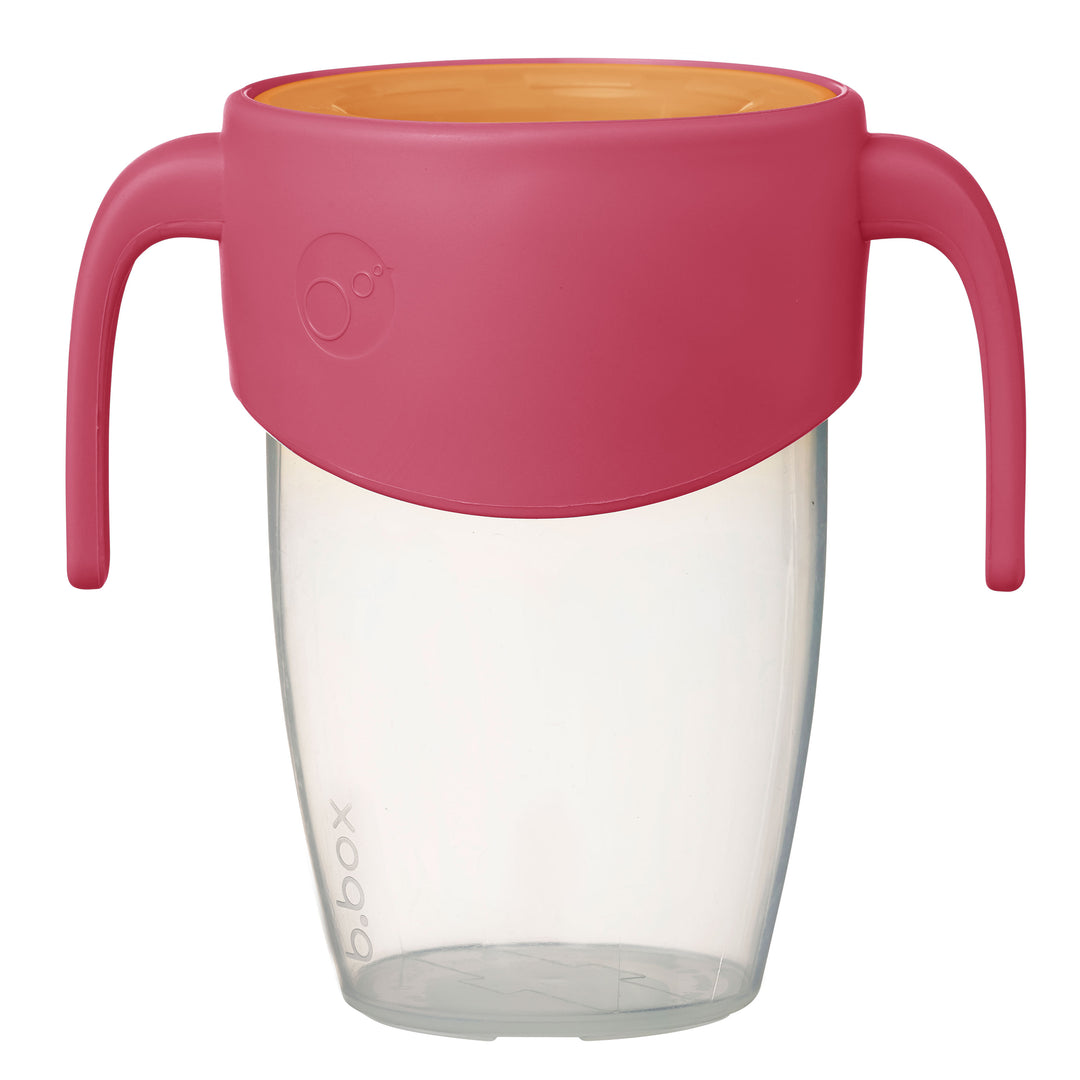We make countless decisions as parents. If you’re anything like me, having the internet at my fingertips often helps me make better decisions for my daughter—decisions I hope will have a lasting positive impact on her life. But it can also feel overwhelming.
Today’s decision? Choosing the right lunch box.
We want their food—and the things that touch their food, like lunch boxes—to be safe. But what is a “non-toxic lunch box?” And how do you know you’ve found one? From parent-to-parent, I’m here to break this down for you and make your shopping experience easier, with credible, easy-to-understand information.
So, let’s knock this decision off your list.
In this article:
what makes a lunch box “non-toxic?”
Lunch boxes are made with a variety of materials—usually a type of plastic or metal. The key is to make sure your lunch box is made with a type of plastic or metal that doesn’t transfer unsafe chemicals into food. We’ll discuss materials to avoid, materials that are deemed safe to use, and provide you with an easy-to-use checklist.
A quick note on potential "mom guilt:" It’s tough to see the word “unsafe” be used to label something that your child might already be using. Remember that our goal as parents is to do what we think is best for our child as often as we can. None of us get it right all the time (can you imagine the stress of being 100% perfect?!), and we all have to pick and choose our battles. We hope this simple list can help you make a decision you feel good about—not shame you. You’re doing great!

unsafe materials
Here are three materials to avoid—all of which have been deemed “endocrine disruptors,” which means they’re known to block or interfere with the body’s hormones.
- BPA: Bisphenol A (BPA) is a chemical used to make some plastics.
- Why should you avoid it: We started using BPA to make certain kinds of plastics in the 1950s, but, since then, experts have linked it to health issues, including cancer. BPA can contaminate anything it comes into contact with—including food and, as a result, human tissue and organs. Health experts recommend limiting your exposure to BPA by using BPA-free products.
- Phthalates: Phthalates are a collection of chemicals used to make many types of plastics. It’s a popular “plastic ingredient” because it helps make the material flexible.
- Why should you avoid it: More research is needed on how phthalates impact human health, but we know it can contaminate human tissues and organs when consumed. This peer-reviewed article links chronic exposure to phthalates to reproductive issues, with young children being especially vulnerable, as well as children going through puberty.
- PVC: Polyvinyl chloride (PVC) is a widely produced “synthetic polymer.” It’s essentially a type of plastic commonly called “vinyl,” and, because of its affordability and durability, it’s in nearly everything from household items to pipes to (you guessed it) lunch boxes.
- Why should you avoid it: PVC is widely known to contain phthalates (see above) and other toxic chemicals that are damaging to human health. In 2008, the US banned it from children’s toys, and the EU is working towards eliminating it altogether by 2030. According to the Center for Health, Environment, and Justice, hospitals and healthcare workers are also working towards PVC-free healthcare, at least partially for the sake of at-risk infants and children.
safe materials
If your lunch box is made with these items, you should be in the clear:
- Silicone: Silicone is considered “chemically stable,” which means it doesn’t react to outside materials and chemicals. It also doesn’t leach unsafe materials into food, so experts consider it a safe material.
- PP: Polypropylene (PP) is a widely used type of plastic that’s considered chemically nonreactive and safe to use. Bonus: unlike many other plastics, it’s recyclable!
- Stainless Steel: Stainless steel is considered a generally safe material because it doesn’t leach unsafe chemicals into your food.
Looking for safe brand? Check out b.box for kids' lunch and hydration products. All of them are made with these materials!
other considerations
Once you find a few non-toxic options, you’ll want to remember to buy a lunch box that suits your lifestyle and nutrition needs (and that your kids will actually like!). So, here are a few other things to consider:
- How big does my lunch box need to be?
- Do I want built-in compartments?
- Will my child like the style/design/color?
- Can my child operate/unlock/unzip the lunch box independently if they need to?
- Is the lunch box durable? Leakproof?
your perfect non-toxic lunch box checklist
Ok, that was a lot of reading about hard-to-pronounce materials. If you want the quick version of this, here’s your checklist for purchasing a non-toxic lunch box:
non-toxic lunch box checklist:
Ingredients to AVOID (check these off after confirming your lunch box does not have them):
- BPA
- Phthalates
- PVC
Ingredients to look for (check off the ingredient(s) your lunch box uses):
- Silicone
- PP
- Stainless steel
Other considerations:
- Is the lunch box big enough?
- Does it have the compartments that I need?
- Will my child like the style/design/color?
- Can my child open the lunch box independently?
- Is the lunch box leak proof?
- Does it fit my budget (or am I willing to pay more for non-toxic materials)?
my favorite non-toxic lunch box
Looking for suggestions? I’ve got your back!
Full disclosure: if you’re reading this blog, you’re on the b.box for kids website. So, it’s not too surprising that b.box lunch and hydration products are my favorite—but I mean it! Here’s picture evidence of my daughter using a b.box for kids lunchbox:

Here’s what we use:
non-toxic bento box
We like the b.box for kids bento lunchbox. Made with silicone and PP (and none of the bad stuff!), it meets the non-toxic requirements. Plus, its leakproof compartments make it easy to pack my three-year-old a variety of foods without using single-use plastic bags.

non-toxic water bottle
We also like to use the b.box for kids insulated drink bottle. Made with stainless steel and a silicone lid, we can trust that it’s BPA-, phthalate-, and PVC-free. I also like that my daughter can open the lid by herself and easily use the angled straw.

is my non-toxic lunch box eco-friendly?
Does non-toxic mean something is good for the environment?
In this context, non-toxic first means that it’s safe for your body. But, choosing non-toxic lunch items can benefit the environment, too! Non-toxic plastic—like PP—is recyclable, unlike many other plastics. Additionally, safer materials have a smaller carbon footprint than materials like PVC.
And, if you use a bento box, you’ll reduce your use of single-use plastic bags as well. What’s better for you ends up being better for all!
meet b.box for kids
Ready to make mealtimes easier? b.box for kids specializes in creating easy-to-use, safe lunch and hydration products. When you shop with b.box, you shop for sustainable products that your kids will love, too. I could keep talking about it—but I’ll stand back and let you shop instead.




